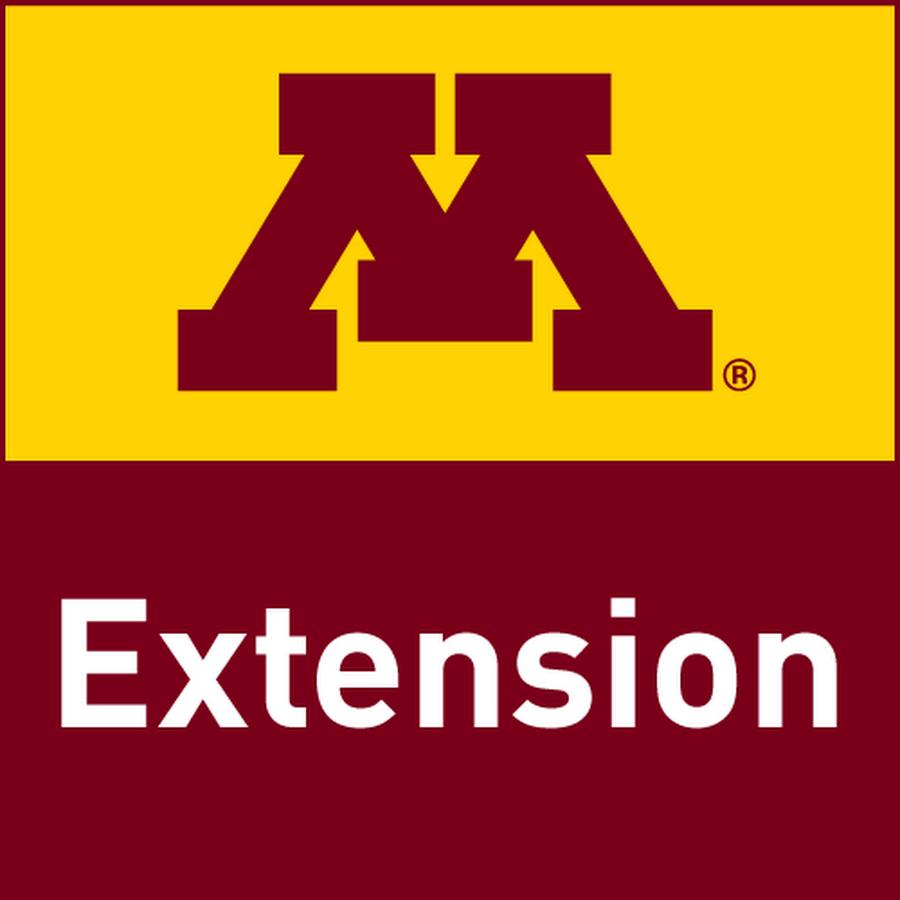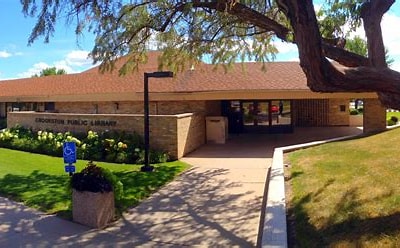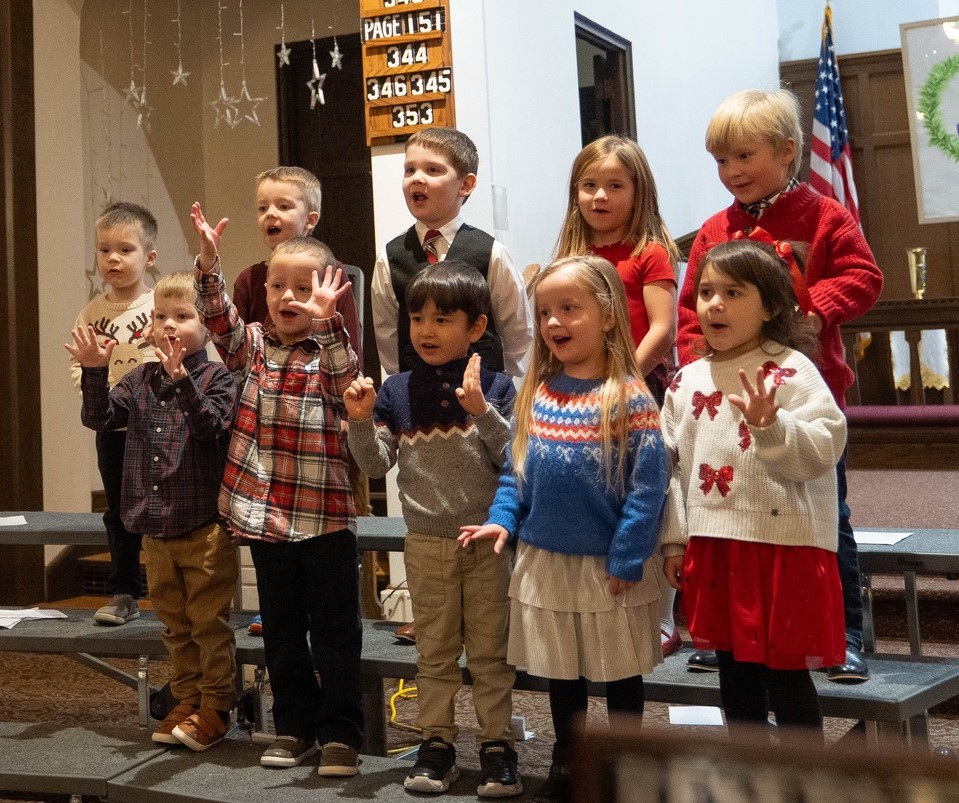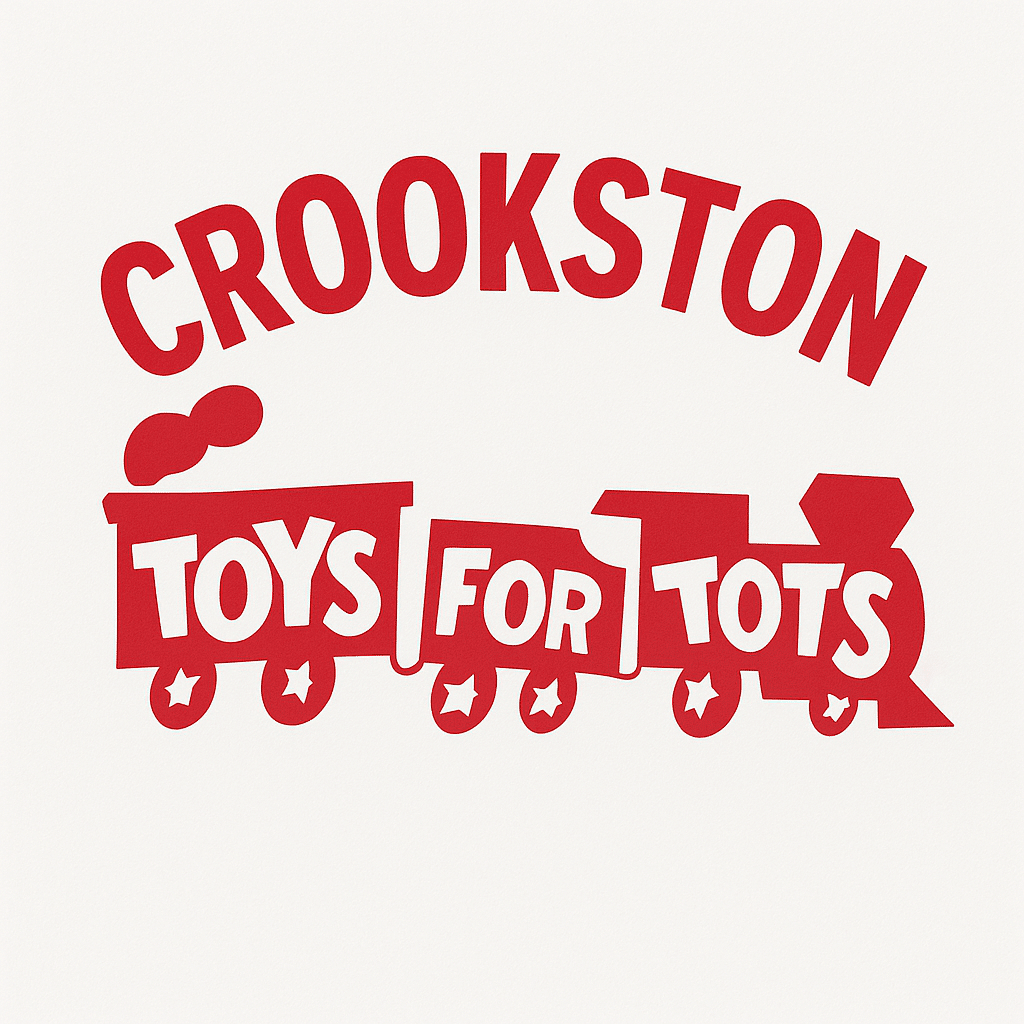Forage pests, the status of the forage crop, and pasture management were topics of discussion on the May 28 University of Minnesota Extension Strategic Farming: Field Notes program.
Alfalfa stands and alfalfa weevil management
Although there was enough snow cover in parts of northern MN this past winter to protect forage stands, there wasn’t much snow cover elsewhere across the state. Times of little snow cover often correlated to our coldest spells, resulting in some alfalfa winter kill, especially with older stands. Considering these factors, some fields might be looking a little rough this spring. Be sure to evaluate stands to make sure there is enough to meet your needs.
Alfalfa weevil, a key pest in alfalfa, overwinters as an adult in plant debris. Overwintering mortality should have been higher than normal where we didn’t have much snow cover, but there is a greater risk of alfalfa weevil pressure where snow cover provided protection to overwintering adults. Although adult beetles will feed for a short time, they do not cause economic damage – the larvae are the primary cause of damage. Treating adults in a field is not likely to give a return on investment or prevent infestations the next year.
Forecast maps indicate that alfalfa weevil should have reached the pupae stage, which does not cause injury, by around the last week of May across central Minnesota. Forecast models are for the eastern strain of alfalfa weevil, while the western strain tends to have a 1-to-2-week lag in development. As a result, alfalfa weevil scouting should continue until at least mid-June this year.
You can scout for alfalfa weevil by using a 5-gallon bucket and collecting 5 plants in 5 locations in a field, for a total of 30 plants. Shake the plants into the bucket to dislodge any weevils from the plants to get a count. When to treat should be based on crop height, price and the number of larvae present per plant. If treatment thresholds are met, there are not very many pesticide options for use in alfalfa. Existing stocks of chlorpyrifos products registered for this year can be used on alfalfa until June 30. Old chlorpyrifos products with expired registrations cannot be used this year.
Pyrethroids are another option for use in alfalfa, but resistance to these products is a concern. If you suspect pyrethroid resistance in a field, let us know. The U of MN is hoping to do some screening for pyrethroid resistance in insect pests and is interested in collecting samples to test from suspect populations. Contact Anthony Hanson (hans4022@umn.edu) if you suspect you had a field with a pyrethroid failure.
Further details on scouting tips, treatment thresholds, and insecticide options can be found on the UMN Extension forage website at www.extension.umn.edu/forages/forage-pest-management.
Forage grasses and pasture
This season, pastures have been slow to regrow, particularly in southeastern MN. Pale, light- green plants are an indication of a shortage of N, so a timely application of N may help rejuvenate pastures in some areas. If your pasture species aren’t aggressively and actively growing, weeds can become a problem. Fertilizing can help regenerate growth, as well as managing the plants with timely harvesting. Using a burn-down herbicide to kill weeds and then seeding a species you want can help with productivity. Consider a nurse crop, like oats, to allow for some grazing, while protecting new seedlings.
Listen to the full program through your preferred podcasting platform or at z.umn.edu/strategic- Farming Thanks to the Minnesota Soybean Research and Promotion Council and the Minnesota Corn Research and Promotion Council for their support of this program.
For more news from U of M Extension, visit www.extension.umn.edu/news or contact Extension
Communications at extdigest@umn.edu. University of Minnesota Extension is an equal opportunity educator and employer.





